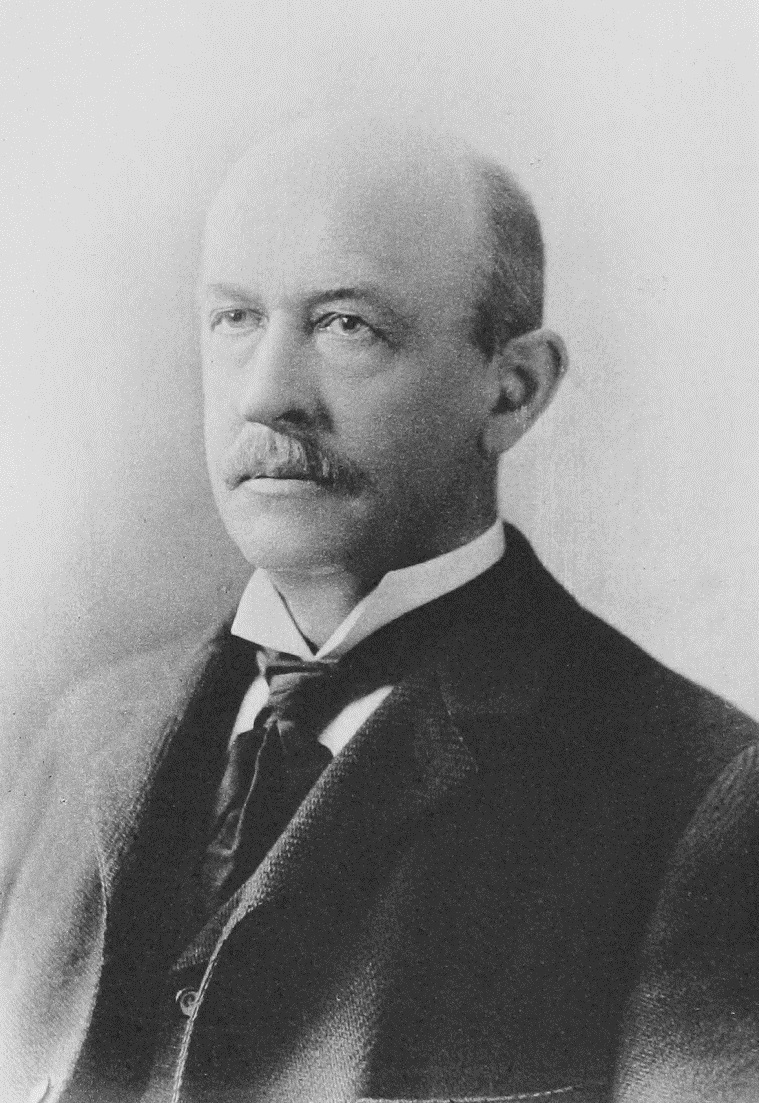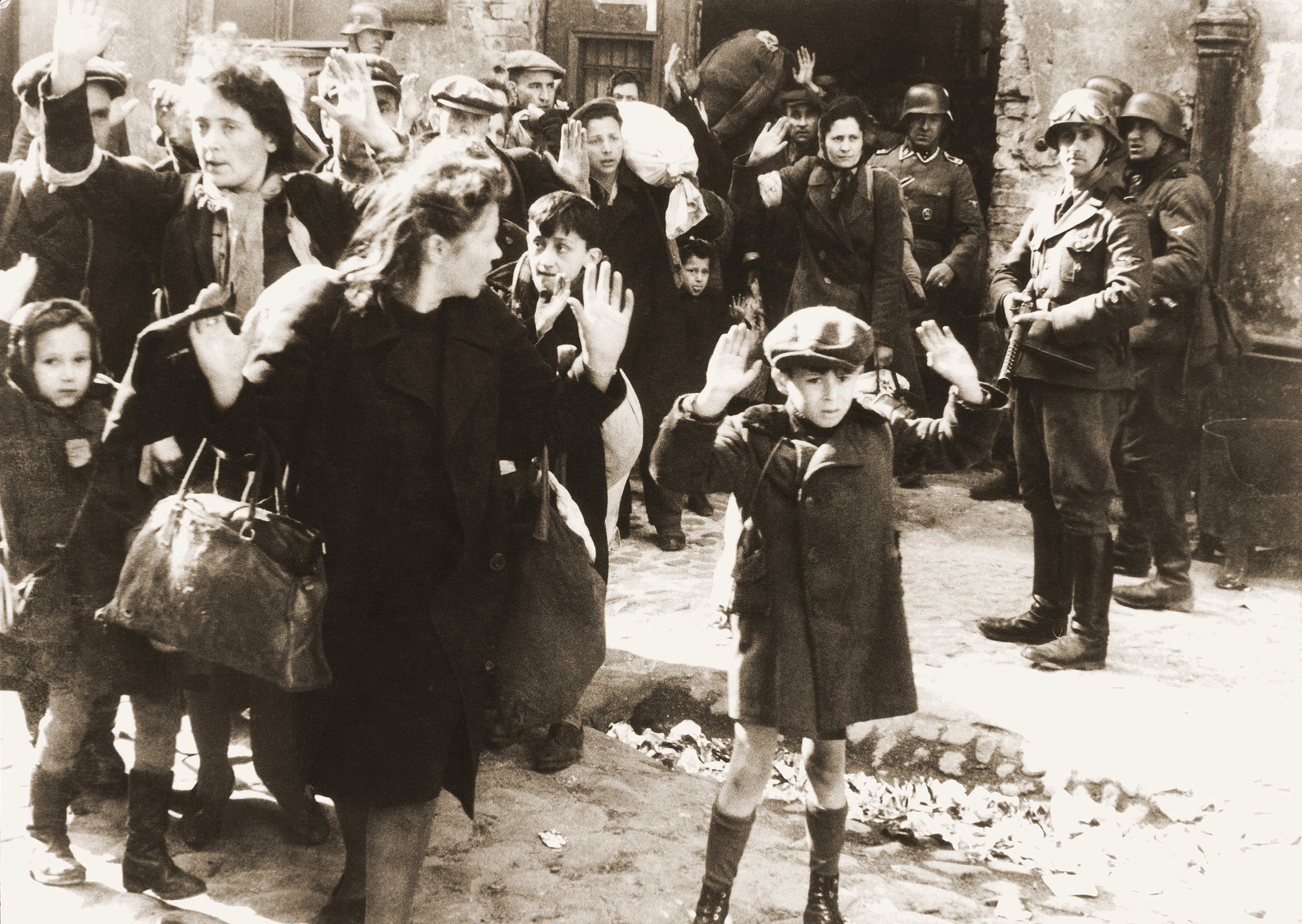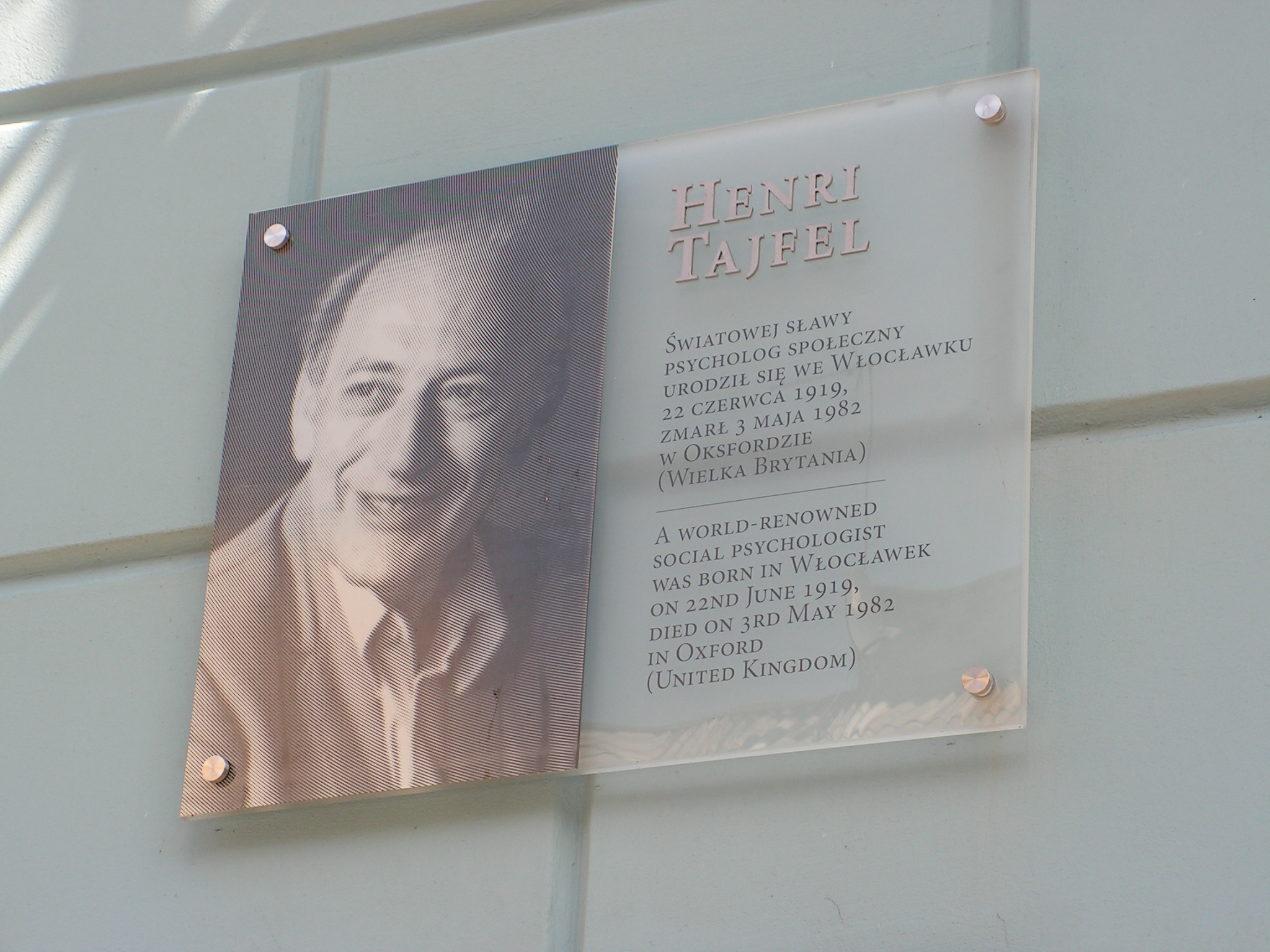|
Ingroup
In sociology and social psychology, an in-group is a social group to which a person self-categorization theory, psychologically identifies as being a member. By contrast, an out-group is a social group with which an individual does not identify. People may for example identify with their peer group, family, community, sports team, political party, gender, sexual orientation, religion, or nation. It has been found that the psychological membership of social groups and categories is associated with a wide variety of phenomena. The terminology was made popular by Henri Tajfel and colleagues beginning in the 1970s during his work in formulating social identity theory. The significance of in-group and out-group categorization was identified using a method called the minimal group paradigm. Tajfel and colleagues found that people can form self-preferencing in-groups within a matter of minutes and that such groups can form even on the basis of completely arbitrary and invented discrimin ... [...More Info...] [...Related Items...] OR: [Wikipedia] [Google] [Baidu] |
Social Identity Theory
Social identity is the portion of an individual's self-concept derived from perceived membership in a relevance, relevant social group. As originally formulated by social psychologists Henri Tajfel and John C. Turner, John Turner in the 1970s and the 1980s, social identity theory introduced the concept of a social identity as a way in which to explain Group dynamics#Intergroup dynamics, intergroup behaviour. "Social identity theory explores the phenomenon of the 'ingroup' and 'outgroup', and is based on the view that identities are constituted through a process of difference defined in a relative or flexible way depends on the activities in which one engages" This theory is described as a theory that predicts certain intergroup behaviours on the basis of perceived group Social status, status differences, the perceived Legitimacy (political), legitimacy and stability of those status differences, and the perceived ability to move from one group to another. This contrasts with occ ... [...More Info...] [...Related Items...] OR: [Wikipedia] [Google] [Baidu] |
Self-categorization Theory
Self-categorization theory is a theory in social psychology that describes the circumstances under which a person will perceive collections of people (including themselves) as a group, as well as the consequences of perceiving people in group terms. Although the theory is often introduced as an explanation of psychological group formation (which was one of its early goals), it is more accurately thought of as general analysis of the functioning of categorization processes in social perception and interaction that speaks to issues of individual identity as much as group phenomena. It was developed by John Turner and colleagues, and along with social identity theory it is a constituent part of the social identity approach. It was in part developed to address questions that arose in response to social identity theory about the mechanistic underpinnings of social identification. Haslam, A. S. (2001). Psychology in Organizations. London, SAGE Publications. Self-categorization theory ha ... [...More Info...] [...Related Items...] OR: [Wikipedia] [Google] [Baidu] |
Social Group
In the social sciences, a social group can be defined as two or more people who interact with one another, share similar characteristics, and collectively have a sense of unity. Regardless, social groups come in a myriad of sizes and varieties. For example, a society can be viewed as a large social group. The system of behaviors and psychological processes occurring within a social group or between social groups is known as group dynamics. Definition Social cohesion approach A social group exhibits some degree of social cohesion and is more than a simple collection or aggregate of individuals, such as people waiting at a bus stop, or people waiting in a line. Characteristics shared by members of a group may include Interest (emotion), interests, Value (personal and cultural), values, Social representation, representations, ethnic or social background, and kinship ties. Kinship ties being a social bond based on common ancestry, marriage or adoption. In a similar vein, some ... [...More Info...] [...Related Items...] OR: [Wikipedia] [Google] [Baidu] |
Peer Group
In sociology, a peer group is both a social group and a Primary and secondary groups, primary group of people who have similar interests (homophily), age, background, or social status. The members of this group are likely to influence the person's beliefs and behaviour. During adolescence, peer groups tend to face dramatic changes. Adolescents tend to spend more time with their peers and have less adult supervision. Adolescents' communication shifts during this time as well. They prefer to talk about school and their careers with their parents, and they enjoy talking about sex and other interpersonal relationships with their peers. Children look to join peer groups who accept them, even if the group is involved in negative activities. Children are less likely to accept those who are different from them. Cliques are small groups typically defined by common interests or by friendship. Cliques typically have 2–12 members and tend to be form ... [...More Info...] [...Related Items...] OR: [Wikipedia] [Google] [Baidu] |
Dehumanization
Dehumanization is the denial of full humanness in others and the cruelty and suffering that accompanies it. A practical definition refers to it as the viewing and treatment of other persons as though they lack the mental capacities that are commonly attributed to human beings. In this definition, every act or thought that regards a person as "less than" human is dehumanization. Dehumanization is one technique in incitement to genocide. It has also been used to justify war, judicial and extrajudicial killing, slavery, the confiscation of property, denial of suffrage and other rights, and to attack enemies or political opponents. Conceptualizations Behaviorally, dehumanization describes a disposition towards others that debases the others' individuality as either an "individual" species or an "individual" object (e.g., someone who acts inhumanely towards humans). As a process, dehumanization may be understood as the opposite of personification, a figure of speech in which i ... [...More Info...] [...Related Items...] OR: [Wikipedia] [Google] [Baidu] |
Evolutionary Psychology
Evolutionary psychology is a theoretical approach in psychology that examines cognition and behavior from a modern evolutionary perspective. It seeks to identify human psychological adaptations with regards to the ancestral problems they evolved to solve. In this framework, psychological traits and mechanisms are either functional products of natural and sexual selection, non-adaptive by-products of other adaptive traits, or noise. Adaptationist thinking about physiological mechanisms, such as the heart, lungs, and the liver, is common in evolutionary biology. Evolutionary psychologists apply the same thinking in psychology, arguing that just as the heart evolved to pump blood, and the liver evolved to detoxify poisons, there is modularity of mind in that different psychological mechanisms evolved to solve different adaptive problems. These evolutionary psychologists argue that much of human behavior is the output of psychological adaptations that evolved to solve recurrent p ... [...More Info...] [...Related Items...] OR: [Wikipedia] [Google] [Baidu] |
Henri Tajfel
Henri Tajfel (born Hersz Mordche; 22 June 1919 – 3 May 1982) was a Polish social psychologist, best known for his pioneering work on the cognitive aspects of prejudice and social identity theory, as well as being one of the founders of the European Association of Experimental Social Psychology. Biography Early life in Poland Tajfel grew up in Poland. Because of Polish ''numerus clausus'' restrictions on Jews in university education , he left Poland to study chemistry at the Sorbonne in France. At the outbreak of World War II, he volunteered to serve in the French army. A year later, he was taken prisoner-of-war by the Germans. He faced a dilemma: whether or not to admit to the Germans that he was a Polish Jew. He claimed to be a French citizen but did not deny his Jewish identity. He reasoned that if he denied being Jewish and if the Germans found out later that he was Jewish, he would certainly have been killed. In the event, Tajfel survived the war in a series of priso ... [...More Info...] [...Related Items...] OR: [Wikipedia] [Google] [Baidu] |
Journal Of Social Issues
The ''Journal of Social Issues'' is a quarterly peer-reviewed academic journal published by Wiley-Blackwell on behalf of the Society for the Psychological Study of Social Issues along with ''Analyses of Social Issues and Public Policy'' and '' Social Issues and Policy Review''. The journal was established in 1945. The editor-in-chief is Carey S. Ryan (University of Nebraska Omaha). The journal covers human and social issues such as poverty, privacy, youth violence, social class, and education. According to the ''Journal Citation Reports'', the journal has a 2020 impact factor of 3.424, ranking it 10th out of 44 journals in the category "Social Issues". A central article on occupational burnout was published in the journal in 1974 Major events in 1974 include the aftermath of the 1973 oil crisis and the resignation of United States President Richard Nixon following the Watergate scandal. In the Middle East, the aftermath of the 1973 Yom Kippur War determined politics; f ... ... [...More Info...] [...Related Items...] OR: [Wikipedia] [Google] [Baidu] |
Thousand Oaks, California
Thousand Oaks is the second-largest city in Ventura County, California, United States. It is in the northwestern part of Greater Los Angeles, approximately from the city of Los Angeles and from Downtown Los Angeles, Downtown. It is named after the many oak trees present in the area. The city forms the central populated core of the Conejo Valley. Thousand Oaks was incorporated in 1964, but has since expanded to the west and east. Two-thirds of master-planned community of Westlake and most of Newbury Park, California, Newbury Park were annexed by the city during the late 1960s and 1970s. The Los Angeles County, California, Los Angeles County–Ventura County line crosses at the city's eastern border with Westlake Village, California, Westlake Village. The population was 126,966 at the 2020 United States Census, 2020 census, up from 126,683 at the 2010 United States Census, 2010 census. Etymology One of the earliest names used for the area was Conejo Mountain Valley, as used b ... [...More Info...] [...Related Items...] OR: [Wikipedia] [Google] [Baidu] |
Journal Of Personality And Social Psychology
The ''Journal of Personality and Social Psychology'' is a monthly peer-reviewed scientific journal published by the American Psychological Association that was established in 1965. It covers the fields of social and personality psychology. The editors-in-chief are Shinobu Kitayama (University of Michigan; ''Attitudes and Social Cognition Section''), Colin Wayne Leach (Barnard College; ''Interpersonal Relations and Group Processes Section''), and Richard E. Lucas (Michigan State University; ''Personality Processes and Individual Differences Section''). The journal has implemented the Transparency and Openness Promotion (TOP) Guidelines. The TOP Guidelines provide structure to research planning and reporting and aim to make research more transparent, accessible, and reproducible. Contents The journal's focus is on empirical research reports; however, specialized theoretical, methodological, and review papers are also published. For example, the journal's most highly cited paper ... [...More Info...] [...Related Items...] OR: [Wikipedia] [Google] [Baidu] |
American Psychological Association
The American Psychological Association (APA) is the largest scientific and professional organization of psychologists in the United States, with over 133,000 members, including scientists, educators, clinicians, consultants, and students. It has 54 divisions—interest groups for different subspecialties of psychology or topical areas. The APA has an annual budget of around $115 million. Profile The APA has task forces that issue policy statements on various matters of social importance, including abortion, human rights, the welfare of detainees, human trafficking, the rights of the mentally ill, IQ testing, sexual orientation change efforts, and gender equality. Governance APA is a corporation chartered in the District of Columbia. APA's bylaws describe structural components that serve as a system of checks and balances to ensure democratic process. The organizational entities include: * APA President. The APA's president is elected by the membership. The president chairs th ... [...More Info...] [...Related Items...] OR: [Wikipedia] [Google] [Baidu] |
091507-USCNeb-MemorialStadium
Year 915 (Roman numerals, CMXV) was a common year starting on Sunday (link will display the full calendar) of the Julian calendar. Events By place Europe * Summer – Battle of Garigliano: The Christian League, personally led by Pope John X, lays siege to Garigliano (a fortified Arab camp in the area of Minturno), which is blockaded from the sea by the Byzantine navy. After three months of siege, plagued by hunger, the Saracens decide to break out of Garigliano and find their way back to Emirate of Sicily, Sicily by any means possible. Christian hunting parties fall on the fleeing Arabs, and all are captured and executed. * July – The Hungarians, Magyars (Hungarians), led by Zoltán of Hungary, Zoltán, only son of the late Grand Prince Árpád, attack Swabia, Franconia and Saxony. Small units penetrate as far as Bremen, burning the city. By topic Religion * December 3 – John X crowns the Italian sovereign Berengar I of Italy, Berengar I as the Holy Ro ... [...More Info...] [...Related Items...] OR: [Wikipedia] [Google] [Baidu] |







